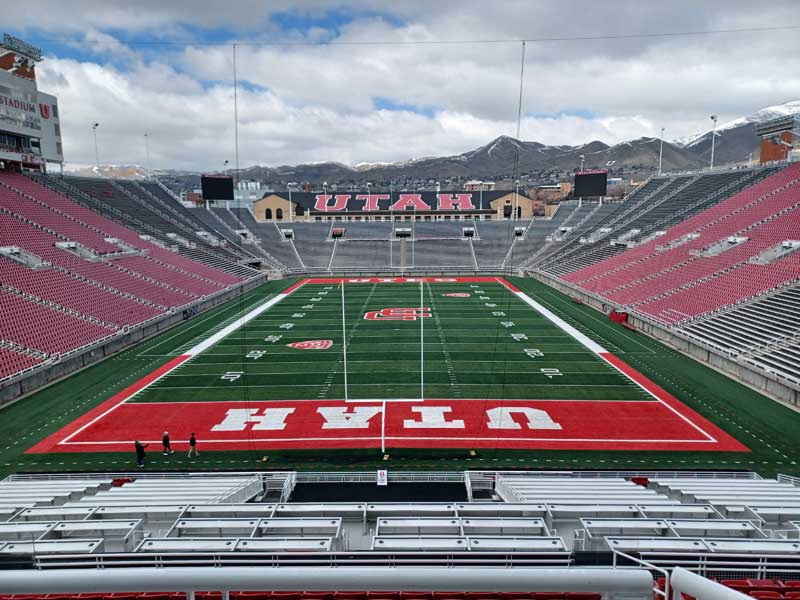Utah is red. BYU is blue. When it comes to federal student aid, green is prominent, too.
Students at postsecondary educational institutions throughout the state received 353,935 federal student aid awards totaling $1.6 billion in the 2022-23 school year, according to a study by the Kem C. Gardner Policy Institute at the UofU. The study is the institute’s 12th in a series on state and federal economic ties.
The $1.6 billion figure includes nearly $1.1 billion in 122,687 federal student loans, $527 million in Pell Grant awards totaling 208,167, and $19 million in campus-based federal aid programs, including Federal Supplemental Educational Opportunity Grants and the Federal Work-Study Program.
“Federal aid supports college access for thousands of Utah students, helping them gain skills and degrees that boost earnings and strengthen Utah’s economy,” said Andrea Brandley, senior education analyst at the institute. “That investment creates a multiplier effect that benefits individuals, families and communities statewide.”
Over one-fourth (26.1 percent) of more than 96,000 undergraduates at Utah institutions in the 2022-23 academic year received Pell Grants that averaged nearly $5,000 per student. About 86,000 undergraduate students, or 24.1 percent, took out federal loans with an average of $6,000. More than 300,000 Utahns currently hold student loan debt totaling $10.9 billion.
Still, Utah carries less student loan debt than most states, ranking third-lowest in student loan debt per adult resident ($4,241) in 2024 and fifth-lowest in the share of adults with student loan debt (12.5 percent). The national share was 15.9 percent.
The Gardner Institute review shows that federal student aid participation varies across Utah colleges. Among public degree-granting institutions, Pell Grant rates range from 16 percent to 26 percent, and loan rates from 6 percent to 22 percent. Technical colleges report low Pell use and no student loan participation.
Private colleges enroll the largest share of aid recipients, with about a third of undergrad students receiving Pell Grants and nearly half of students taking out student loans. The exception is BYU, where only 12 percent of students borrow. Average aid amounts also vary, with Pell Grants ranging from $3,800 to $8,400 and loans from $3,600 to $8,200. The average undergrad Pell Grant amount in 2022-23 was highest at Snow College, at $8,367. Utah Valley University led in loan average, at $7,550.
The study also looked at the completion rate for the Free Application for Federal Student Aid, or FAFSA, a free form to apply for grants, scholarships, work-study programs and loans for college or career school. The FAFSA must be completed and submitted to the U.S. Department of Education to determine an individual’s eligibility for federal student financial aid.
Among 2024 high school seniors in Utah, 37.3 percent completed the FAFSA form, lagging behind the national rate of 54.4 percent. Completion rates in Utah varied from 31.2 percent in the Tooele School District to 66.7 percent in the Rich School District.
“While lower FAFSA completion rates may indicate less need for aid, they also suggest that some eligible Utah students may miss out on grants and other federal assistance,” the institute report says.
The report says student education aid circulates through the state economy as students use grant and loan dollars for tuition, housing, food, transportation and other expenses. “This spending supports jobs, generates tax revenue, and creates a ripple effect that benefits local businesses and communities, particularly in college towns,” it says. “One study showed an increase in Pell Grants by an amount equal to 1 percent of a city’s income raises local income by 2.4 percent over the next two years.”
The study is available at https://gardner.utah.edu/.








